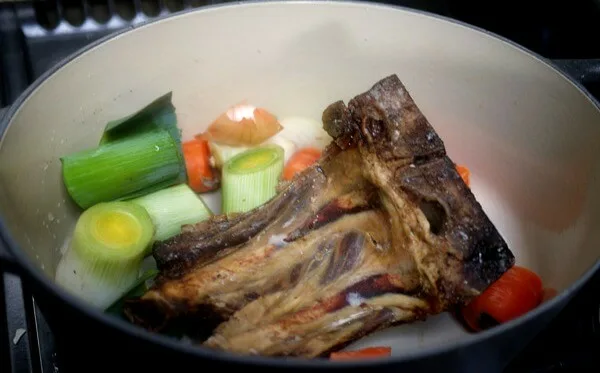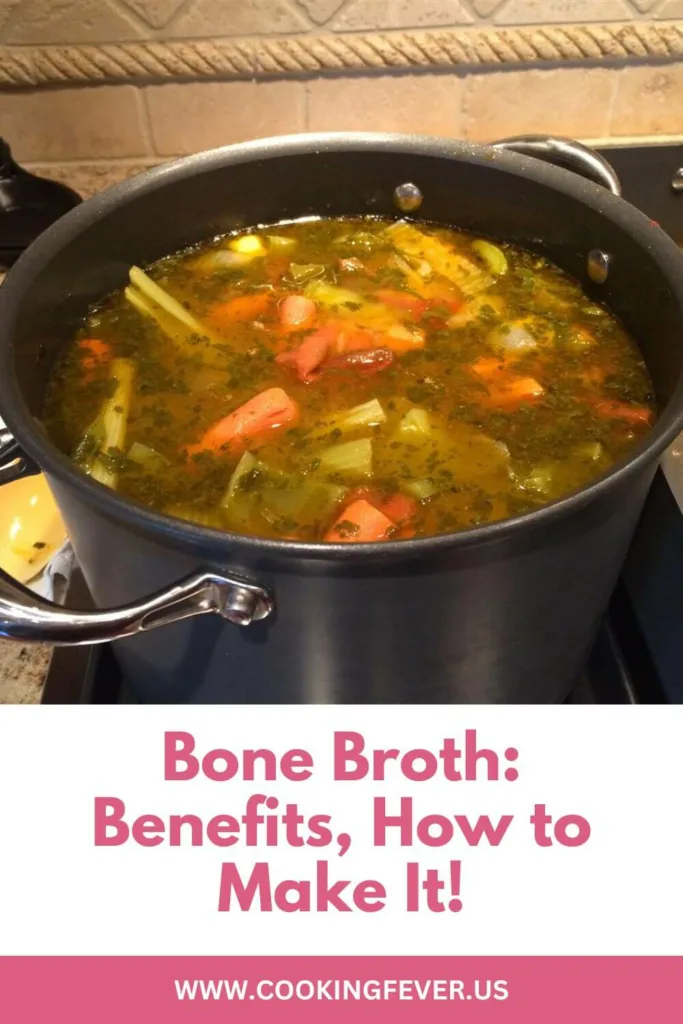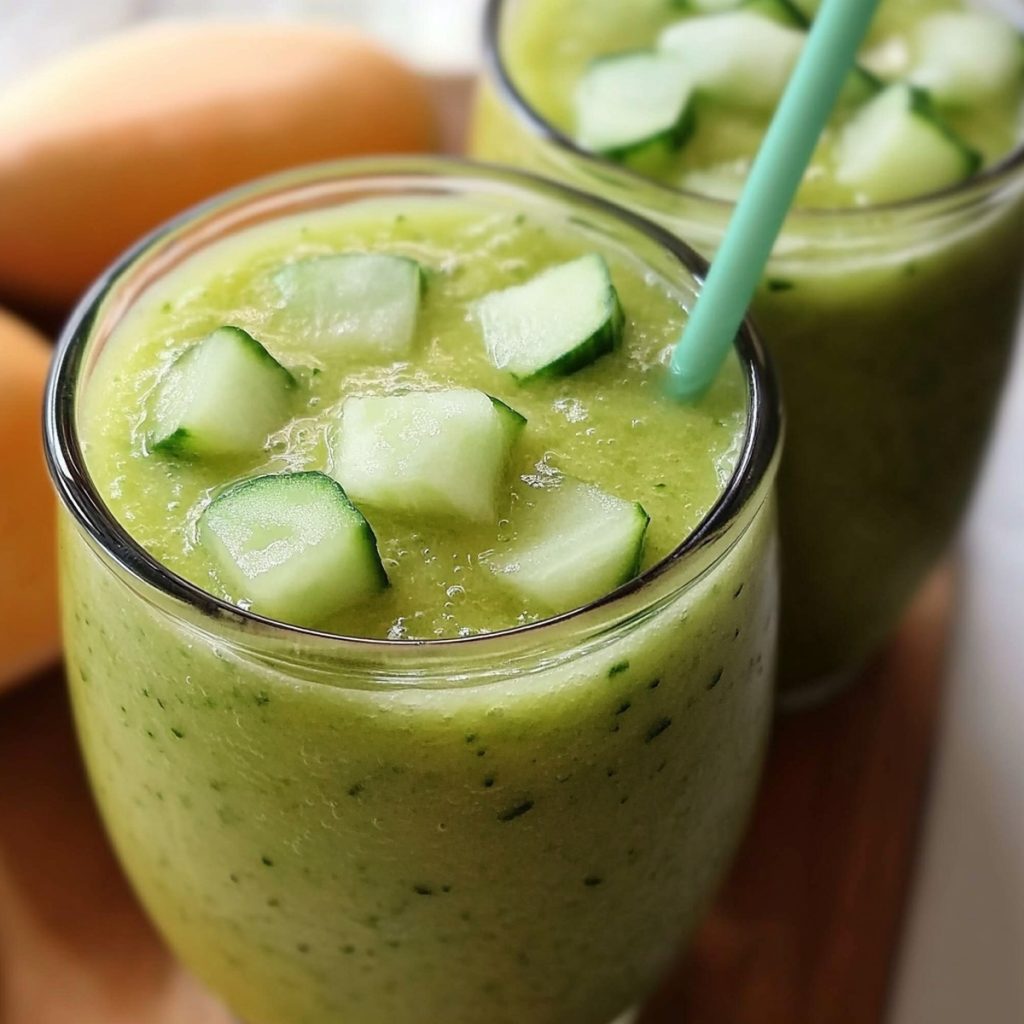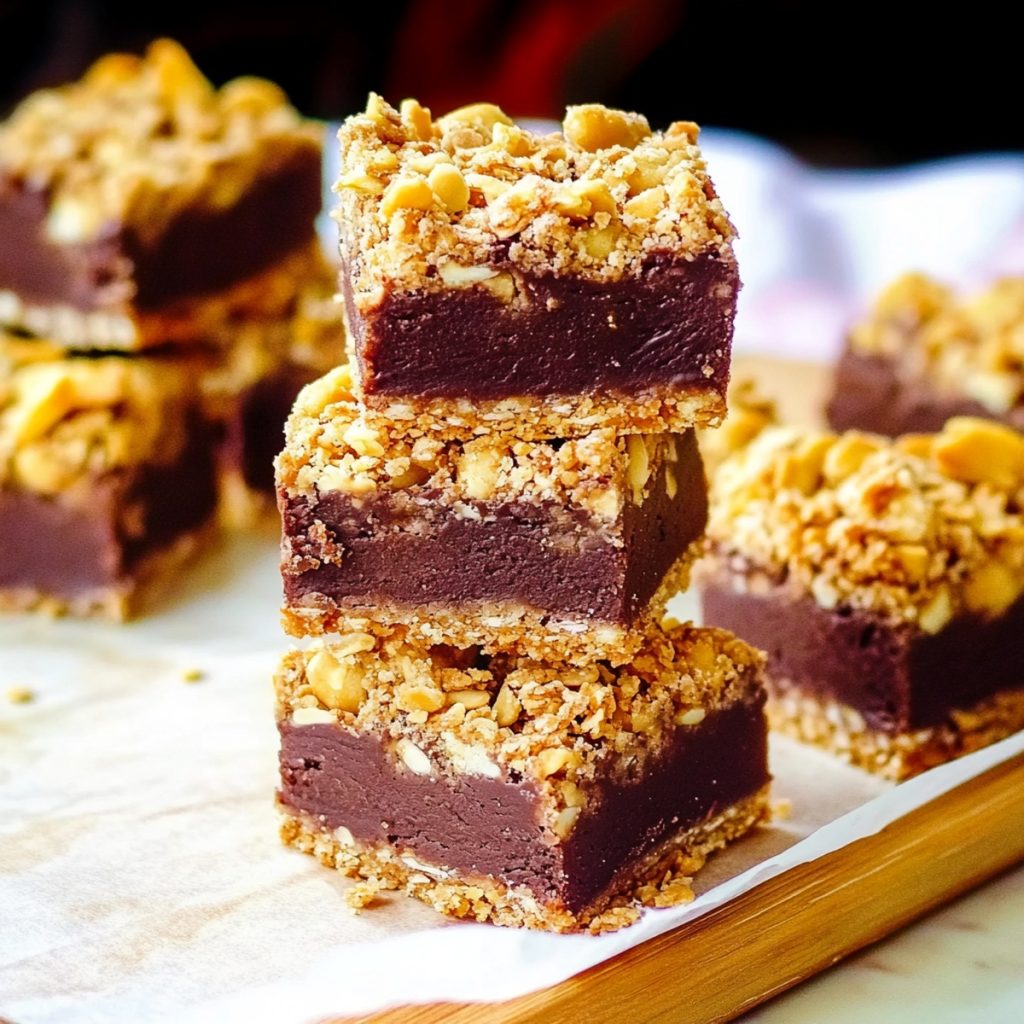At the risk of sounding bossy, I urge everyone to always boil the bones! Whether it’s a stripped chicken carcass or a big beef rib bone, it is always worth it. The resulting bone broth is so useful and can either be made into a soup, or a risotto or if you don’t need it straight away, you can freeze it until later. And most importantly, you can feel confident in it’s quality, knowing that your bone broth is free from any nasty additives and bursting with goodness.
Over the last couple of years, there has been a lot of talk about the benefits of bone broth being hailed as the ultimate super food, and while it’s important not to get too carried away, a lot of the claims are well deserved. After-all, it’s nothing new, boiling bones to make stock and soup has been around since cooking pots were invented!
For this reason we should take note: Our ancestors were no fools; they knew a thing or two about making the most of the resources available and maximising their nutrition. Because bone broth is cooked so slowly, every last drop of the minerals and vitamins are released, and all the valuable compounds like collagen, glutamine, glycine and proline which all stengthen your immune system, are healing and cleansing for the gut.
Making bone broth is such a simple process: All you have to do is place the left-over bones in your largest pan, cover with water, add a few vegetables and seasoning and leave to leisurely simmer. It doesn’t require any special attention, which means you can get on with any other things you need to do. It’s a perfect thing to have bubbling away while you watch a film of an evening, full of promise for that fabulous soup the next day!

How to Make Bones Broth
Instructions
- All you have to do is place the left-over bones in your largest pan, cover with water so the bones are submerged.
- Add some vegetables, it’s a great way to use up bits and pieces, a couple of onions, a leek, carrots and some celery are ideal.
- Add seasoning, a few whole peppercorns, 2 tsp of sea salt, a couple of bay leaves, a little bunch of parsley and thyme stalks if you have some.
- Add a generous splash of Apple Cider Vinegar or fresh lemon juice, apart from adding a bit of a tang, it helps to extract all the goodness and minerals from the bones.
- Bring the pot to the boil over a medium heat and then turn it down and cover with a lid.
- Allow the pot to simmer for at least 6 hours and longer if it’s a beef bone (up to 10 hours)
- Check the pot once or twice during the cooking time to make sure the level hasn’t gone down if so, just top it up with a little extra water and skim off any frothy scum that may have formed on the top.
- As the liquid reduces, the broth becomes more intense, so don’t add too much water.
- You know when the bones have given up all their goodness, when the poultry carcasses are soft enough collapse completely and larger beef or lamb bones look stripped clean as a whistle.
- Strain the liquid, and allow to cool completely – don’t worry about the layer of fat at the top, as this will seal the surface and help to keep it fresh.
- Store in the fridge for up to 7 days (glass containers are best) Or freeze into separate portions in zip lock sealable freezer bags
- Use the broth for stock to add flavour to soups, stews or risottos.







